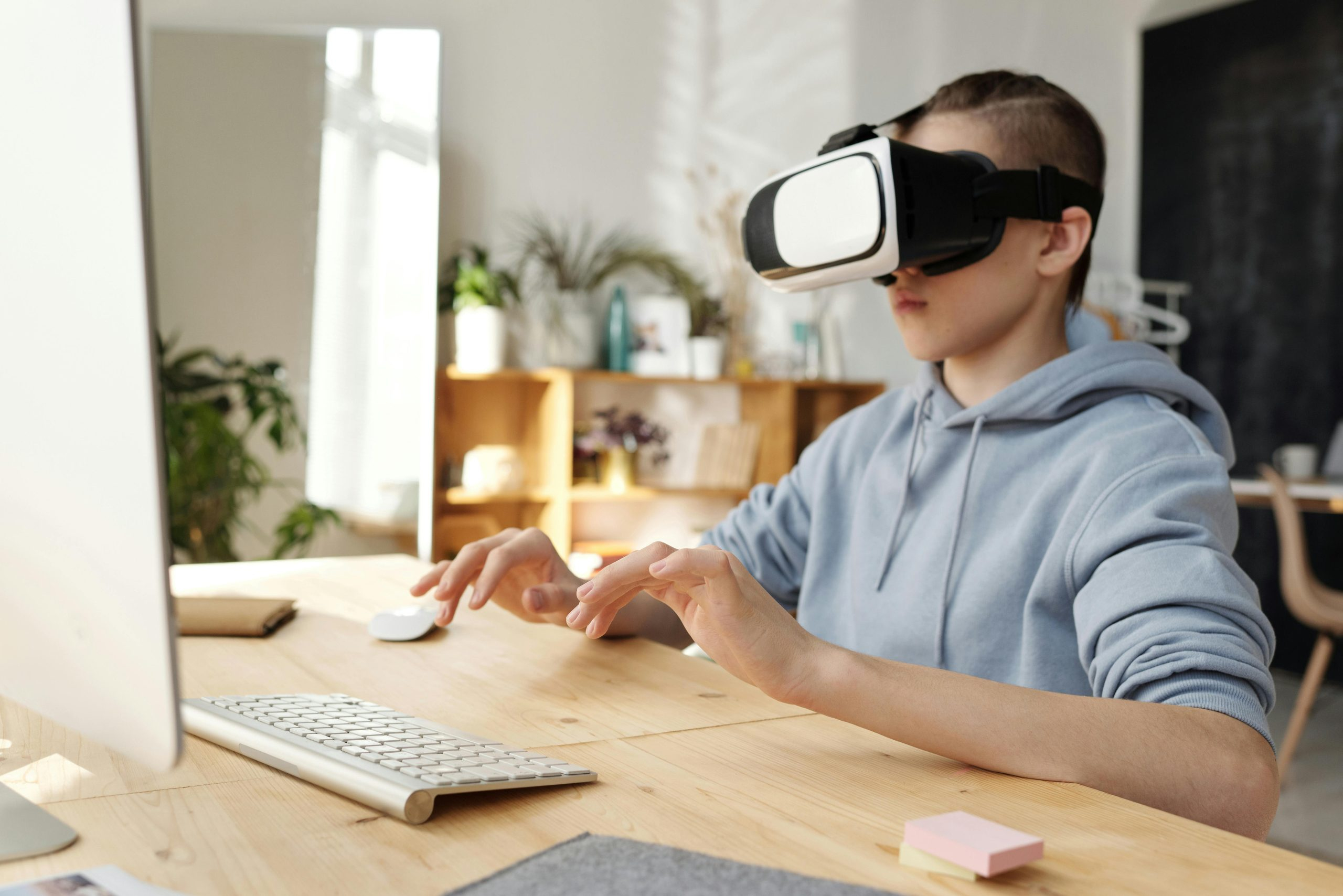Transforming education with virtual and augmented reality
Virtual and augmented reality (VR/AR) have become buzzwords in the technology world, with their potential to revolutionize various industries like gaming, healthcare, and retail. However, one area that has particularly piqued the interest of educators and students alike is education. Over the years, education has seen several technological advancements, but none have been as immersive and transformative as VR/AR. In this article, we will explore how virtual and augmented reality are transforming the traditional classroom experience and paving the way for a more engaging and effective learning environment.
The potential of VR/AR in education
The use of VR/AR technology in education has shown a lot of promise with its ability to create immersive, interactive, and experiential learning opportunities. Unlike traditional textbooks and lectures, VR/AR can transport students to different places and times, creating a whole new learning experience. For instance, students can virtually visit historical landmarks, explore the human body, or even travel to outer space without leaving the classroom.
Not only does VR/AR provide a more engaging and hands-on approach to learning, but it also caters to different learning styles. It allows students to learn at their own pace and empowers them to take control of their learning. VR/AR also enables teachers to create personalized lessons and assessments for each student, catering to their individual needs and abilities.
Transforming traditional subjects
Science and technology
The applications of VR/AR in science and technology have been particularly significant. With virtual simulations, students can conduct experiments and observe reactions in a safe and controlled environment. This not only reduces the risk of accidents but also allows students to repeat experiments and learn from their mistakes.
Additionally, VR/AR can also bring complex concepts to life, making them more easily understandable. For example, students can take an immersive journey through the human body or visualize complex molecules in chemistry. This not only makes learning more engaging but also helps students retain information better.
History and humanities
VR/AR has the potential to revolutionize the way history and humanities are taught. Instead of relying on textbooks and lectures, students can experience historical events and places in a whole new way. They can walk through ancient civilizations, witness battles, and interact with historical figures, giving them a deeper understanding of the subject.
VR/AR can also make learning languages and culture more interactive. Instead of just reading about a country’s customs and traditions, students can immerse themselves in the culture and practice language skills in a virtual environment.
Arts and design
In the field of arts and design, VR/AR can provide students with a more realistic and hands-on learning experience. They can create and explore designs in a virtual 3D space, allowing them to experiment without any constraints. VR/AR also allows students to visit virtual museums and galleries, expanding their knowledge and appreciation for different forms of art.
The challenges and future of VR/AR in education
While the potential of VR/AR in education is vast, there are also some challenges that come with its adoption. The high cost of VR/AR equipment and the need for technical expertise are some of the barriers that schools may face. However, with the increasing availability of affordable VR/AR devices and educational content, these challenges are slowly being overcome.
As the technology continues to evolve, we can expect to see more innovative ways of using VR/AR in education. With advancements in artificial intelligence and data analytics, VR/AR can provide personalized learning experiences based on individual student’s progress and needs. Moreover, with the rise of remote learning, VR/AR can bridge the gap between physical and virtual classrooms, making education more accessible to students worldwide.
Conclusion
Virtual and augmented reality have the potential to transform traditional education and create a more engaging and effective learning experience. With its ability to cater to different learning styles and bring complex concepts to life, VR/AR is paving the way for a more interactive and immersive education system. While there may be some challenges, the future of VR/AR in education looks promising, and we can expect to see more innovative applications in the years to come.










